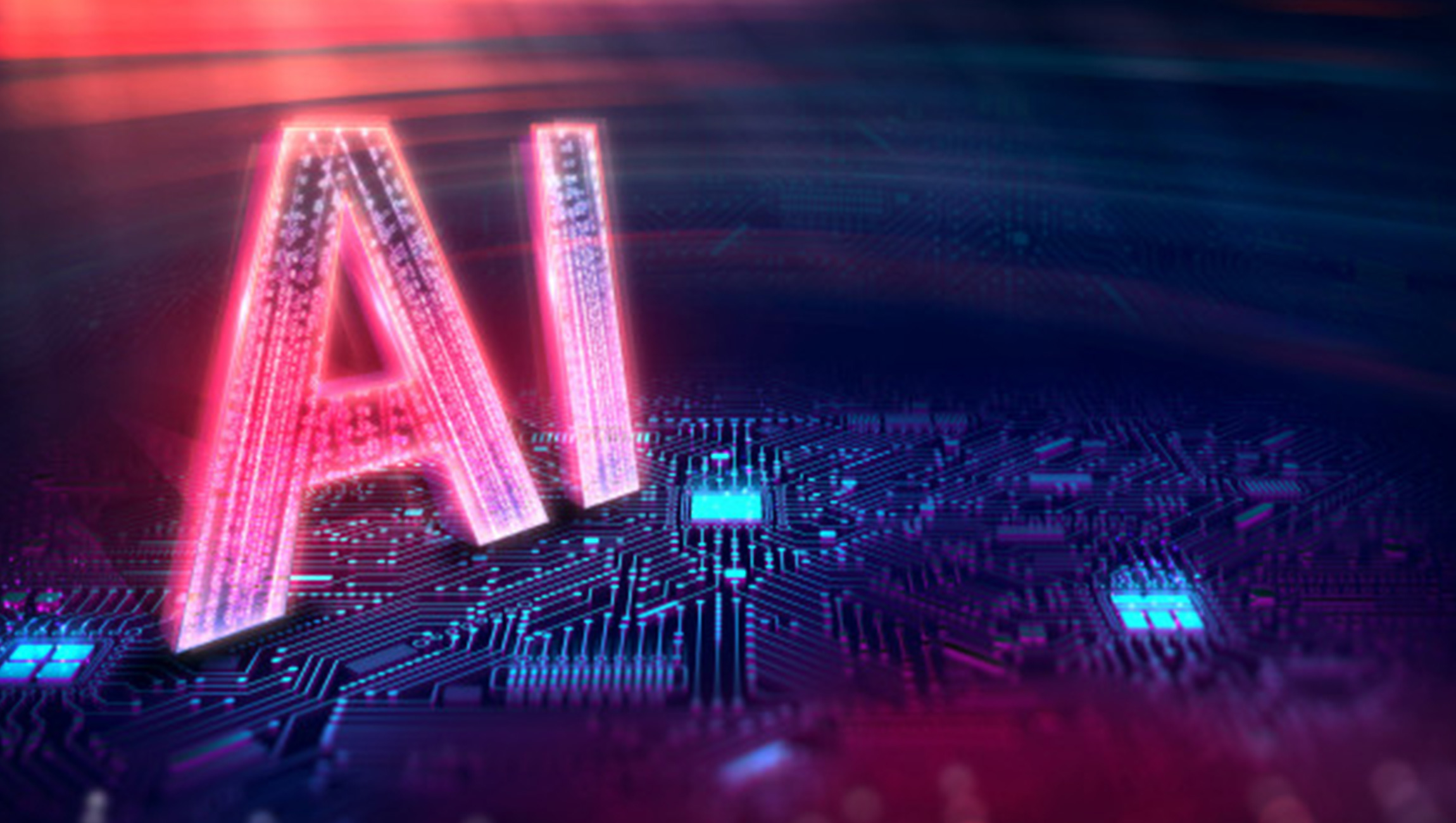Digital transformation by harnessing AI and Intelligent Automation is the most obvious path to sustain businesses to prepare for future
New-age Digital Transformation journeys are hinged on AI capabilities. While most businesses automatically relate to AI for Artificial Intelligence, there are two more AI scenarios that you should be aware of. In this article, we will tell about these three A.I. scenarios that involve Cognitive Learning and Intelligent Automation —
- Artificial Intelligence
- Augmented Intelligence
- Intelligent Automation
While digital transformation by harnessing AI and Intelligent Automation seems to be the most obvious path to sustain businesses, focusing on just one AI scenario can expose companies to unforeseeable challenges in the future.
That’s why you should be able to define and distinguish between these three AI scenarios.
What is Artificial Intelligence?
I always refer to this Venn Diagram from Peter Sommer (2017) to distinguish between AI and ML.

AI for Artificial Intelligence is defined as the Machine-driven simulation of human intelligence and gestures controlled by a structured set of commands and algorithms. AI can be distinguished as a ‘strong’ AI or a ‘weak’ AI depending on how strongly machines are programmed to deliver results. Artificial Intelligence is a broad science leveraging Machine Learning, Reasoning, Computing, and Self-Correction, based on software inputs.
Today, we find Artificial Intelligence scenarios transforming the world of Deep Learning, Machine Learning and Neural Networking for thousands of AI-related applications.
These applications include-
- Image Recognition
- Facial Recognition
- NLP and NLG
- Sentiment Analysis
- Chatbots and Voice Pattern Recognition
- Humanoids and Simulation
- Computer vision
What is Augmented Intelligence?
At its core, Augmented Intelligence is also referred to as Intelligence Augmentation or Cognitive Augmentation. AI for Augmented Intelligence is the true form of Artificial Intelligence that we find companies chasing for innovation, adoption, and promotion at a global scale. The key difference between AI for Artificial Intelligence and Augmented Intelligence lies in the cognitive learning and application of any machine, with respect to Human Intelligence.
While most experts believe that AI is more of a sci-fi term, it’s Augmented Intelligence that we should be focusing on while discussing AI as a service or Enterprise AI applications.
IBM Watson is a fine example of Cognitive Learning created by IBM. IBM’s cognitive technology is a wonderful platform to understand how Augmented Intelligence is built, trained and applied to various tasks.
When a computer starts playing chess, pre-empting the moves of its human or machine competitor, we can call it Augmented Intelligence. When your autonomous vehicle starts maneuvring the route and takes preventive steps sensing danger on road, that’s Augmented Intelligence at play. There are hundreds of applications that are sprouting across industries, depicting how AI for Artificial Intelligence and Augmented Intelligence are related, and yet distinct in their training, execution, and application using Machines.
Our Resources: How Connected Workplaces Can Help You Unlock Higher Levels of Productivity
What is Intelligent Automation?
Intelligent Automation (IA) is defined as the combined technology of Augmented Intelligence and Automation. IA applies to the machines that perform the tasks using robotic sensing and AI & ML algorithms. In the example I gave for autonomous vehicles, IA applies to the technology that is connecting the automotive drive to the robotic sensing responsible for keeping the vehicle on road and preventing a collision or going off the track. IA in an autonomous car will not only steer the vehicle on the road but also apply brakes, auto-sense daylights and control the ambient temperature inside the cabin, and so much more. Leading car makers such as Audi, BMW, Mercedes-Benz, Nissan, and Volvo have either introduced autonomous vehicles or are planning to launch in the coming months.
Recently, Bruno Ferreira, UKI Area Vice President at UiPath, sat down with us to chat about the role of Robotic Process Automation (RPA) in the industry.
Bruno said,
“Today’s news that robotic process automation (RPA) is the fastest growing market in enterprise software comes as no surprise, given that it can quickly accelerate digital transformation initiatives. However, RPA doesn’t just enable businesses to automate legacy processes: it also empowers them to attract and retain staff, by keeping employees happy and engaged. With RPA executing repetitive and admin-related tasks autonomously, it frees up human workers for higher-value and more creative tasks. More than two-thirds of UK employees are still bogged down in daily admin jobs. By delegating these to software robots, RPA can reduce pressure on human workers, whilst removing manual errors – meaning it’s a win-win for employees and their employers.”
Between the two AIs and the IA, you can safely bet that Intelligent Automation is the most human-friendly and productive application of Artificial Intelligence, Deep Learning and Cognitive Learning put together in the shape of a simulation machine. The range of business problems to which IA applies today continues to expand at a rampaging pace. Powered by the maturity of technologies related to voice recognition, Natural Language Processing, and Machine Learning, we can predict that IA would be controlled by Specialists and Augmented Intelligence by non-specialists or machines. These technologies are increasingly available as open source or low-cost products or Cloud-based services.











